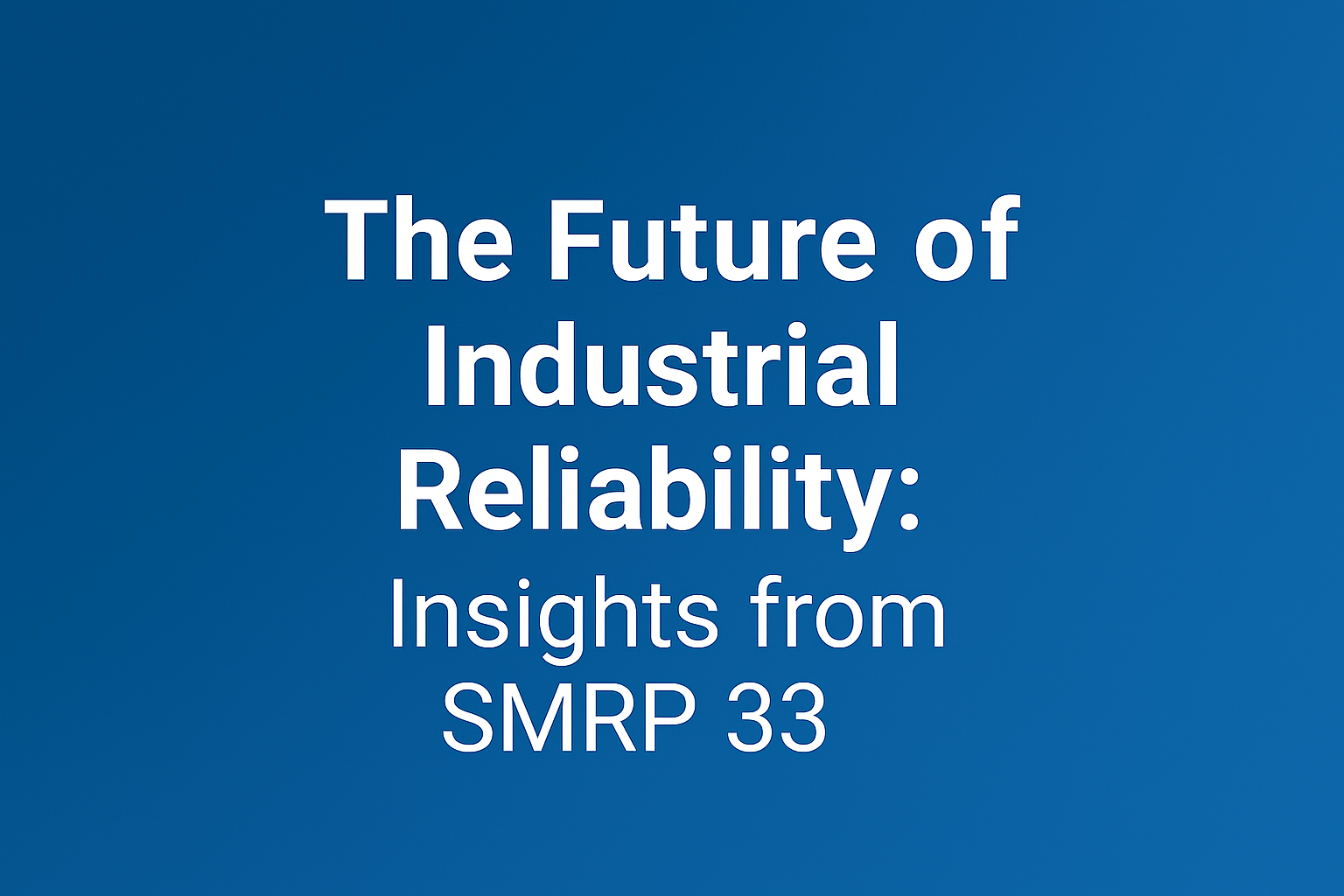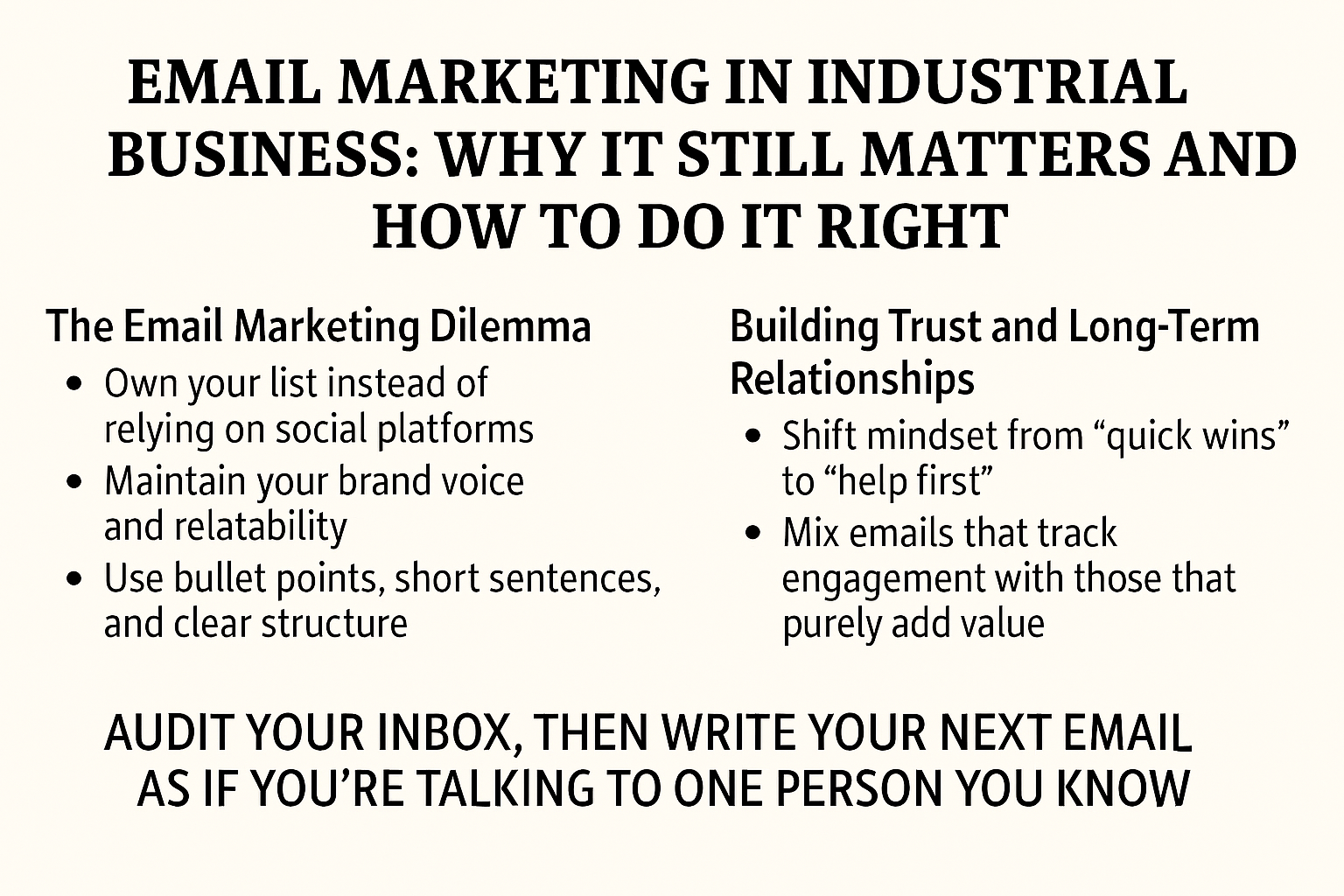Monetization of Data

Okay, this is on me. I own it. My blog “Why Data Monetization is a Waste of Time” created quite a stir. I loved it. I'd like to take this “data monetization” conversation one step further:
When I published my first book “Big Data” in September, 2013, I referred to the fourth stage of the “Big Data Business Model Maturity Index as the “Data Monetization” phase. However, it wasn't until my latest book “The Economics of Data, Analytics, and Digital Transformation” that I published the end of last year, that I finally got the concept right. For most organizations, it shouldn't be “Data Monetization.” Instead, “Insights Monetization” – customer, product, and operational insights or predicted propensities – is more appropriate (Figure 1).
The “Insights Monetization” phase of the Data & Analytics Business Maturity Index is described as such:
That doesn't mean to preclude data monetization – or the direct selling of one's data – as an option, but data monetization has a very different context than insights monetization. Let me explain.
What is Data Monetization?
The problem with the term “Data Monetization” is that for many organizations, this implies the direct selling of the organization's data. And there are certainly companies out there that do sell data. Nielsen, Acxiom, Experian, Equifax and CoreLogic are companies whose business model is the acquisition, aggregation, and selling of third-party data. For example, Figure 2 shows the personal data that one can buy from Acxiom. Yea, sort of scary.
Figure 2: Source: “Here are the data brokers quietly buying and selling your personal …“
Selling data requires a significant organization to acquire, cleanse, align, package, market, sell, support, and manage the data for external consumption. And there is a myriad of growing legal and privacy concerns to navigate, so a pretty decent legal team will be required as well.
For other organizations, data monetization amounts to creating data services that facilitate the exchange of an organization's data in exchange for something of value from another organization. Walmart's Retail Link® is an example of this sort of “data monetization.”
Walmart's Retail Link® gives Walmart suppliers – think Consumer Packaged Goods (CPG) companies like Procter & Gamble, PepsiCo, and Unilever – access to Walmart's “point of sale” (POS) data. Retail Link provides suppliers access to the supplier's product sell-through (sales) data by SKU, by hour, by store. Suppliers can also get on-hand inventory by SKU, as well as gross margin achieved, inventory turns, in-stock percentages, and Gross Margin Return on Inventory Investment (Figure 3).
This is a great example of Data Monetization. Unfortunately, not all organizations have the clout and financial and technology resources of a Walmart to dictate this sort of relationship. Walmart invests a significant amount of time, money and people resources to on-board, support, maintain, and upgrade Retail Link. In that aspect, Walmart looks and behaves like an enterprise software vendor.
But for organizations that lack the clout, finances, and technology expertise of a Walmart, there are other “monetization” options.
Keys to Insights Monetization
Insights Monetization is about leveraging the customer, product, and operational insights (predicted propensities) buried in your data sources to optimize and/or reengineer key business and operational processes, mitigate (compliance, regulatory, and business) risks, create new revenue opportunities (such new products, services, audiences, channels, markets, partnerships, consumption models, etc.), and construct a more compelling, differentiated customer experience.
To drive “Insights Monetization” requires some key concepts and techniques.
(1) Nanoeconomics. Nanoeconomics is the economics of individualized human and/or device predicted propensities. Nanoeconomics helps organizations transition from overly generalized decisions based upon averages to precision decisions based upon the predicted propensities, patterns, and trends of individual humans or devices (Figure 4).
Remember, making decisions based on averages at best yield average results. We can do better than average by leveraging nanoeconomics to make precision policy and operational decisions.
(2) Analytic Profiles provide a model for capturing and codifying the organization's customer, product, and operational analytic insights (predicted propensities) in a way that facilities the sharing and refinement of those analytic insights across multiple use cases (Figure 5).
An Analytic Profile capture of metrics, predictive indicators, segments, scores, and business rules that codify the behaviors, preferences, propensities, inclinations, tendencies, interests, associations and affiliations for the organization's key business entities such as customers, patients, students, athletes, jet engines, cars, locomotives, CAT scanners, and wind turbines.
(3) Use Cases are clusters of Decisions around a common Key Performance Indicator (KPI) where Decisions are a conclusion or resolution reached after analysis that leads to an informed action. Sample use cases include reduce customer attrition, improve operational uptime, and optimize asset utilization. And the application of the Analytic Profiles can be used to help optimize or address the organization's top priority use cases (Figure 6).
The power of use cases are:
- Readily identifiable by the business stakeholders (because they live them every day)
- Resolution or optimization is a source of quantifiable business and operational value (improving, reducing, or optimizing the use cases can have material business and operational value)
- Encourages tight collaboration between business stakeholders and the data & analytics teams to properly define the objectives, benefits, value statements, and potential impediments of the use case, identify the metrics and KPIs against which use case progress and success will be measured, and codify the associated costs of use case False Positives and False Negatives (see “The Art of Thinking Like a Data Scientist” methodology).
- Provides the basis for a use case-by-use case development and implementation approach – driven by Return on Investment (ROI) – to building the organization's data and analytic assets (see the “Schmarzo Economic Digital Asset Valuation Theorem“).
Organizations tend to fail because they peanut butter their precious data and analytics resources across too many poorly defined use cases, and don't get the prerequisite business stakeholder buy-in to actually deploy or use the resulting analytics. Focus baby, focus!



